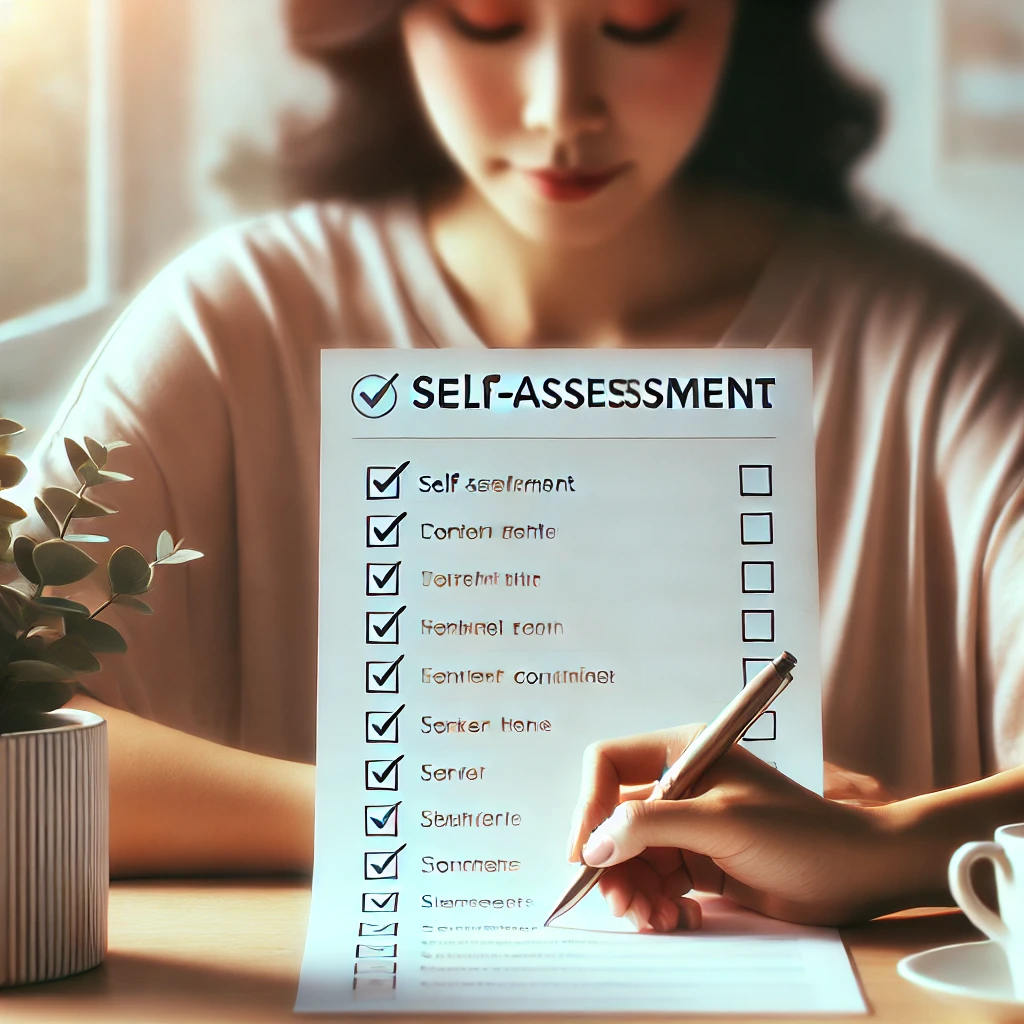People Pleasing and ADHD: Breaking the Cycle in 7 Steps

Introduction
Are you constantly putting others first, only to feel exhausted, frustrated, or stressed? For those with ADHD, people-pleasing can seem like a way to manage overwhelming emotions and stay “safe” from criticism or rejection. However, this behavior often leads to burnout, emotional exhaustion, and resentment over time.
People with ADHD, especially women, tend to develop people-pleasing habits as a way to navigate social and emotional challenges. But the good news is that you can break free from these patterns and start prioritizing your own needs. In this guide, we’ll explore the connection between ADHD and people-pleasing and provide 8 actionable steps to help you regain control.
Why ADHD Makes You More Prone to People-Pleasing
People-pleasing is often driven by emotional triggers, and those with ADHD are particularly vulnerable to guilt, fear of rejection, and conflict avoidance. ADHD amplifies these emotions, pushing individuals to say "yes" more frequently to avoid negative consequences or rejection.
One of the key factors is Rejection Sensitivity Dysphoria (RSD), a common experience in ADHD where even minor disapproval or criticism feels deeply painful. This heightened sensitivity leads to an urge to please others, often at the expense of your own well-being, in an effort to avoid any form of rejection.
The Emotional Toll of People-Pleasing with ADHD
The impact of people-pleasing on your mental and physical health is significant. Over time, this behavior can lead to:
- Burnout: Constantly placing others' needs above your own drains your energy.
- Emotional Exhaustion: Trying to avoid conflict and meet others' demands leaves you feeling depleted.
- Resentment: When your own needs aren’t met, frustration and resentment build over time.
While people-pleasing may offer temporary relief from discomfort, the long-term consequences of burnout and emotional exhaustion far outweigh any short-term gains.
8 Steps to Break Free from People-Pleasing with ADHD
1. Recognize the Strong Emotions Driving People-Pleasing
People-pleasing is often driven by emotions like guilt, shame, and fear of rejection. Acknowledging these feelings is the first step toward change. Many people with ADHD, especially women, are conditioned by societal pressures to conform, which fuels these intense emotions.
2. Identify People-Pleasing Behaviors
Start paying attention to moments when you agree to things you don’t want to do. Are you saying yes just to avoid conflict? Do you find yourself overcommitting at work or in your personal life? Recognizing these patterns is key to understanding how people-pleasing sneaks into your day-to-day life.
3. Learn About the Roots of People-Pleasing
People-pleasing often starts in childhood. Many individuals with ADHD learned to be agreeable as a way to avoid criticism or gain approval. While this behavior may have protected you in the past, it no longer serves you as an adult. Recognizing the roots of people-pleasing helps you move forward.
4. Set Boundaries
Setting boundaries is essential to avoid burnout and protect your energy. For someone with ADHD, structure is crucial, and boundaries help create that structure. Start by deciding what you will and won’t accept in relationships or commitments, and communicate these boundaries clearly.
5. Practice Saying "No" Regularly
Learning to say no is difficult but necessary. Start small by practicing in low-stakes situations. Declining an invite when you’re feeling drained is a good way to start. With time, saying no will become easier, and you’ll be able to protect your time and energy without guilt.
6. Develop Coping Strategies for Rejection Sensitivity
Rejection Sensitivity Dysphoria (RSD) makes even minor criticism feel overwhelming. To manage this, try mindfulness techniques, grounding exercises, or talking through your emotions with a trusted friend. Building emotional resilience will help you cope with rejection and reduce the need to please others.
7. Establish a Support System
Breaking free from people-pleasing is easier with the support of friends, family, or a professional network. Having people who understand your struggles can provide encouragement and hold you accountable. An ADHD support group or therapist can also offer valuable guidance.
8. Seek Professional Guidance
Therapy can be incredibly helpful in overcoming deeply ingrained people-pleasing behaviors. A therapist experienced with ADHD can help you develop strategies for managing rejection sensitivity, setting boundaries, and prioritizing your own needs.
Challenges Unique to Women with ADHD
Women with ADHD often face additional challenges when it comes to people-pleasing. Many women are diagnosed later in life and have spent years trying to meet unrealistic societal expectations. As a result, they may feel a heightened sense of guilt and shame when trying to set boundaries or prioritize themselves.
Overcoming these challenges requires unlearning deeply ingrained behaviors and recognizing that ADHD affects women differently. It’s important for women to give themselves permission to put their own needs first, even if it feels uncomfortable at first.
The Long-Term Risks of People-Pleasing in ADHD
People-pleasing poses several long-term risks, including:
- Burnout: Constantly putting others first drains your energy, leaving little for yourself.
- Neglect of Self-Care: You may sacrifice your own physical and emotional well-being to meet others’ demands.
- Manipulation: People who people-please are more likely to be taken advantage of, in both personal and professional relationships.
The long-term consequences of people-pleasing, such as burnout and stress, can take a serious toll on your health and overall well-being.
Short-Term Benefits of People-Pleasing for ADHD Individuals
While people-pleasing does have some short-term benefits, such as:
- Increased Social Acceptance: It can make you feel included and reduce feelings of isolation.
- Avoiding Conflict: Saying yes often helps you avoid uncomfortable situations or confrontations.
- Boosting Self-Esteem: Receiving praise or approval from others can feel good and offer temporary relief from feelings of insecurity.
However, these benefits are fleeting, and the long-term impact of people-pleasing is much more detrimental to your mental and emotional health.
How to Overcome People-Pleasing Behavior with ADHD
Breaking the cycle of people-pleasing requires patience and practice. Here are some key strategies to help:
- Gain Understanding: Recognize that people-pleasing is rooted in the need to avoid conflict, but it often leads to burnout.
- Identify Patterns: Reflect on when and how people-pleasing occurs in your life.
- Listen to Your Body: Pay attention to physical cues like tension or discomfort when faced with a situation where you feel obligated.
- Practice Assertiveness: Express your needs openly and respectfully.
- Set Healthy Boundaries: Learn to say no without feeling guilty.
- Seek Support: Professional therapy can provide tools to help you manage people-pleasing behaviors.
Conclusion
People-pleasing may offer short-term relief from discomfort, but over time, it leads to emotional exhaustion, burnout, and a loss of identity. By recognizing the patterns that drive people-pleasing and implementing strategies like setting boundaries, practicing assertiveness, and seeking professional support, you can break free from the cycle and live a more authentic, balanced life.
Change takes time, so be patient with yourself. Celebrate small victories and remember that your needs are just as important as anyone else’s. Over time, saying no and setting boundaries will feel more natural, and you’ll experience healthier, more fulfilling relationships as a result.




